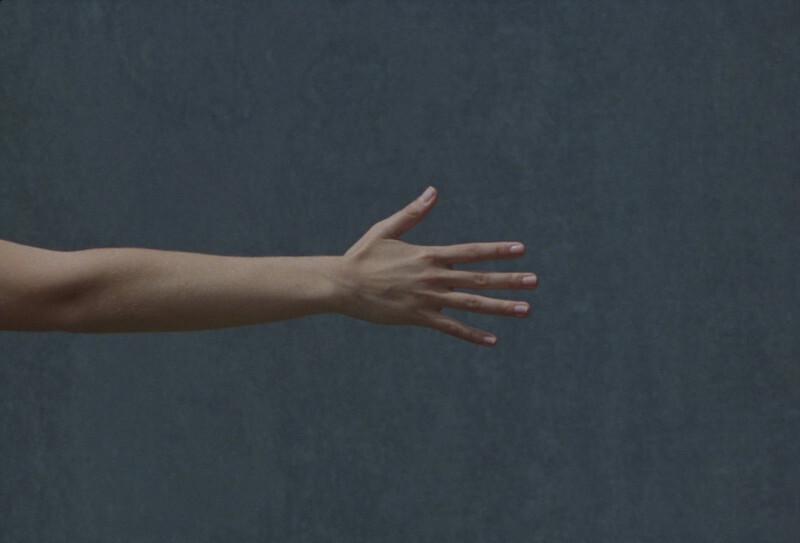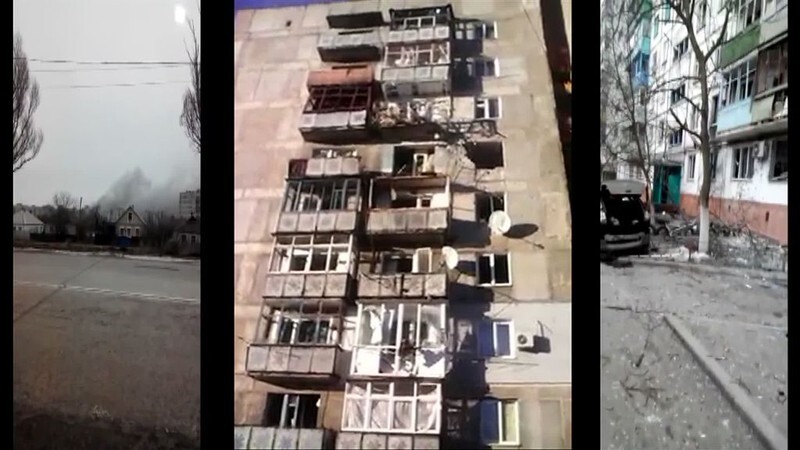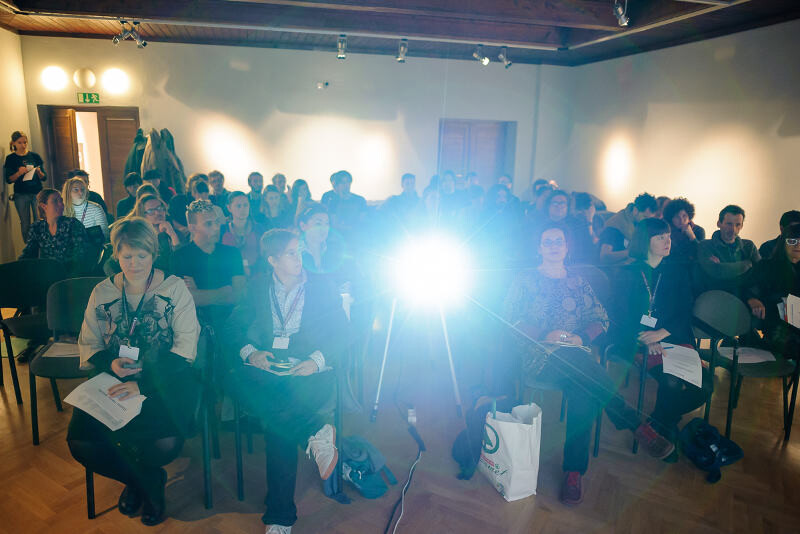Exprmntl.cz Through Eyes of American Journalist Daniel Walber
We live in a world of lines: streets and telephone wires, electrical grids and transit maps. It’s all fairly chaotic, of course, but we can teach ourselves to see the order and live accordingly. These lines are how we get to work, how we communicate, and perhaps even how we survive. But there are other ways to perceive the structure of our physical and social surroundings. A number of the Czech experimental films showcased by the 2017 Ji.hlava International Documentary Film Festival tear at these perceptions, severing our calm relationship with organized reality. They are, to say the least, a bit dizzying. But their cumulative impact is tremendous, altering the way we perceive both reality and documentary.
Alžběta Kovandová’s remarkable Storyline quite literally chops up the lines of our lives. She begins with images of communication and transportation, roads and cars. At first they remain recognizable, even when juxtaposed in surprising ways. Soon, however, things fray. Lingering, oddly cropped images of horses create a growing sense of unease, enhanced by Martin Stýblo’s eerie soundtrack. Paths soon bend. A train runs neither right nor left, but up into uncharted offscreen territory. Kovandová closes with a human hand, a perfectly normal assortment of fingers. But in the wake of the preceding two minutes, this collection of mundane digits feels jagged and unnatural.
Kovandová’s technical approach is entirely her own, but she shares this drive toward disconnection and fragmentation with a number of the other filmmakers. With Life in Patterns, Vojtěch Domlátil deconstructs tile and porcelain to the cacophonous tapping of a blunt soundtrack. Zbyšek Semelka’s Traffic supplies an even briefer shock. Its visual collage is made from a number of different traffic jams, superimposed on top of each other for maximum disorientation. The filmmakers of Vilyž take a similarly frenetic approach, composing a portrait of Švihov Castle from disparate images and percussive sound. Each of these brief experiments quickly upends the audience’s relationship with physical space. The raw material of reality is transformed.
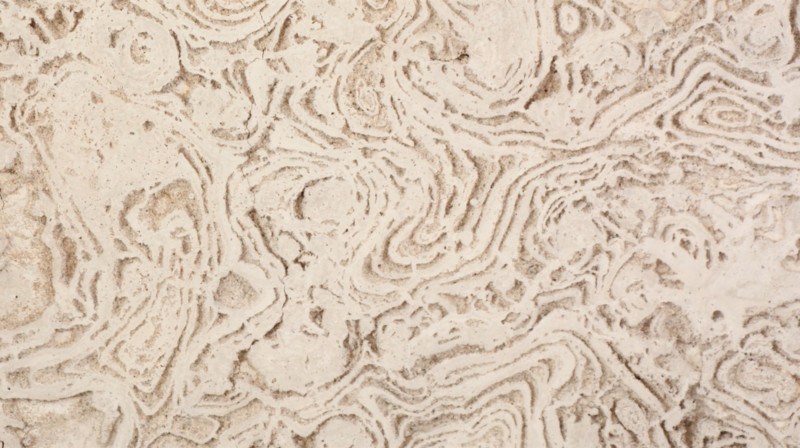
Vilyž (Klára Míčkočková, Kristina Bártová, Marie Píchová, Petr Kutek, Tomáš Červený, Zbyšek Semelka, 2016)
Some directors take it even further, pursuing even greater levels of abstraction. Simona Donovalová’s Today is a negative portrait of the sun, created via the 35mm images of a mostly obscured leaf. Its slow rhythm and warm atmosphere approaches the experience of the plant itself. Anastasia Seyduk’s About Me, meanwhile, is a tactile self-portrait in stone. A rock bounces about a minimal space, followed by a tumble of similar forms. Both of these films build isolated, metaphorical spaces from the bric-a-brac of the physical world.
Equally interesting as these environmental distortions are the films that filter the world through animation. Jakub Korselt’s Unknown takes the same subject matter as Semelka, public transportation. But his method is almost the opposite, erasing details rather than multiplying them. His subway setting becomes nearly formless, as do the faces of those riding it. This abstract space feels vaguely threatening, though never to the degree of the animated nightmares in Life of Dreams. Evgeniya Opalko’s challenging, intriguing work is a distorted dreamscape, accompanied by alarming narration. “Cognition is a suicide,” we are told, “Protect your sleep.” Red scribbles and white hands flash across the screen, flailing in the unforgiving vagueness of the subconscious.
Admittedly, the more extreme observations of Life of Dreams are a departure from the mood of the other films. But its objections to normal cognition are a useful context with which to think about experimental documentary. These filmmakers have all taken the images of reality, what we think of as “nonfiction,” and warped them in artistically fascinating ways. They interrupt and replace our cognition of image and truth, often in a matter of seconds. But the resulting revelations, that no documentary is objectively “truthful” and that every cut has meaning, can be applied to much longer works.
Of course, the other films in the Exprmntl.cz program aren’t much longer works. But many of them carve substantial, beautiful and even political observations out of their own nonfiction material. Michal Kindernay’s Transformations / Vapors / Melanosis has a very clear point of view, even if its images are a fair bit more obscure. The film is a darkened portrait of a river, flowing past an industrial complex. Kindernay begins on the water itself, reversing up the wake of a ship as it cuts a large, thick line of spray. There are cracklings in the soundtrack and suggestions of visual distortion as the images gradually give a wider picture of this altered landscape. The titular melanosis appears to be inflicted upon the earth itself, as viscous suggestions of pollution occupy this elegiac short’s last moments.
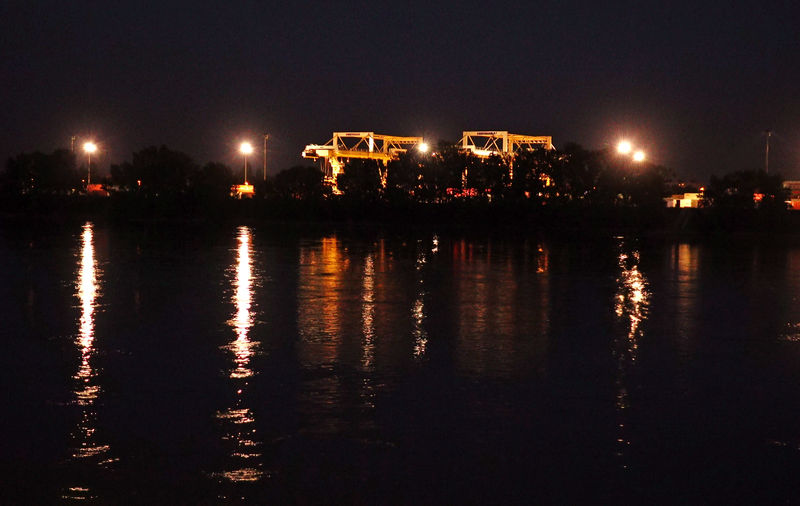
Transformations / Vapors / Melanosis (Transformace / Výpary / Melanosis, Michal Kindernay, 2017)
Franz Milec’s Loathing has a similar set of concerns, though it takes place within a factory. Actually, it doesn’t seem to take place within any specific industrial space, but rather something of an any-factory-whatever. Much of the cobbled together footage has the quality of UFO sighting videos, a slightly hazy tinge to otherwise identifiable settings. The hypnotic, minimalist music slowly introduces tension. What begins as a panorama of industrial progress and joy soon becomes a threat of disaster. A fatal accident looms just offscreen. Or worse, sabotage. The images themselves do not necessarily give this away, but the way they are used together creates an undeniable and lingering anxiety.
Anxiety is also the theme of Eliška Cílková’s Dare Novitatis, though it is a much more personal and intimate project. Its theme is childbirth and its expectation, built from the plans and concerns of a number of different voices. It begins with the suggestion that childbirth initiates an “altered state of consciousness,” breaking up the usual comprehension of reality. The rest of the film is spent posing various questions, delicately framed and expertly woven wonderings and worryings. By the final fade to white, the only universal truth is the diversity and variability of experience.
Of course, experimental nonfiction is also capable of expressing the tremendous specificity of experience. This is the case with Lucie Navrátilová’s Can, perhaps the best film of the entire crop. Her study of the traditional costume and festival of the Haná region is anything but traditional. The tactile soundtrack and bold editing present a collage of community heritage that feels entirely alive, as present in the 21st century as cinema. It’s charming, with its paper doll animation and its rabbit’s tongue sandwich lesson. But it is also sober, engaging with the threats to a fading tradition. Navrátilová’s use of the Diary of Anne Frank is both strange and intriguing, perhaps an acknowledgement that no European tradition can honestly continue without acknowledging the cracks made by the 20th century.
It is also quite matter-of-fact about its own hybridity, combining everything from real festival footage and documentary interview to animated sequences and staged, lightly comic vignettes. It is a film made with the wisdom of the whole program, the understanding that nonfiction cinema is an artform of juxtaposition and arrangement, inspiration strengthened with juxtaposition. This is always clearer after experiencing a particularly well-constructed program of experimental short films, particularly when they demonstrate the confidence of this batch.

